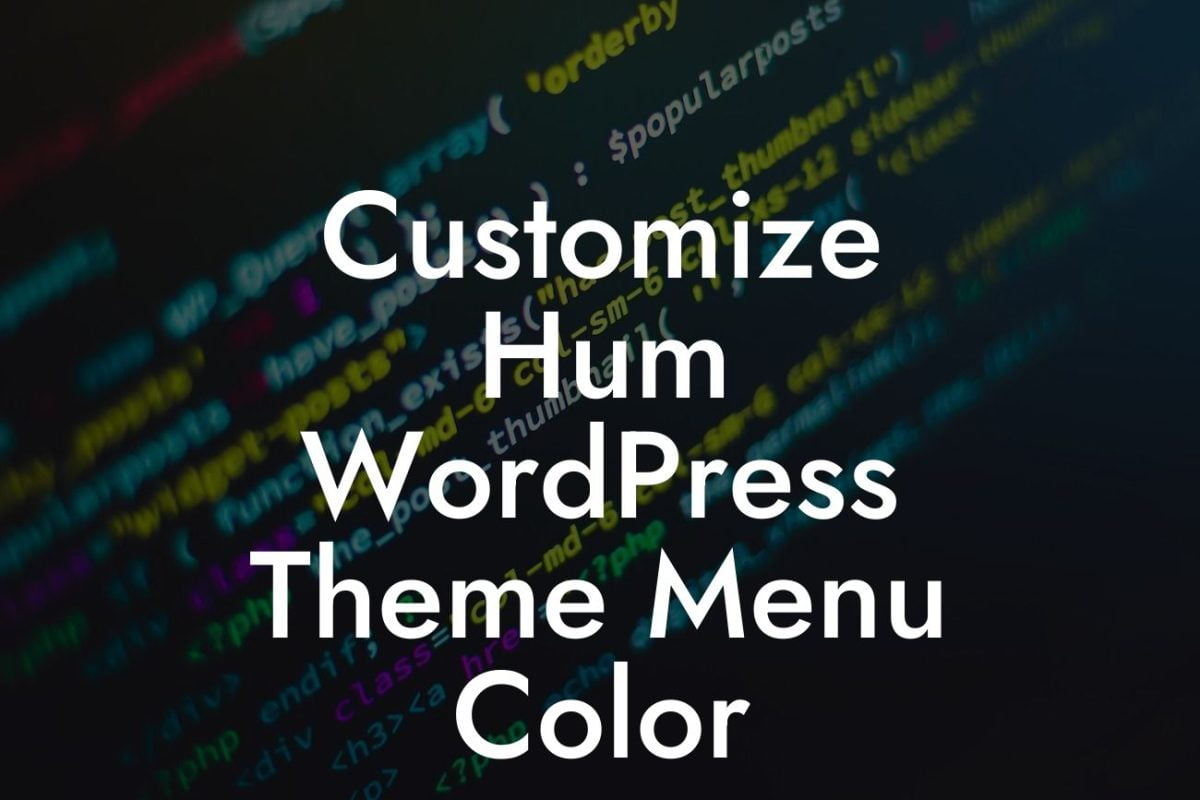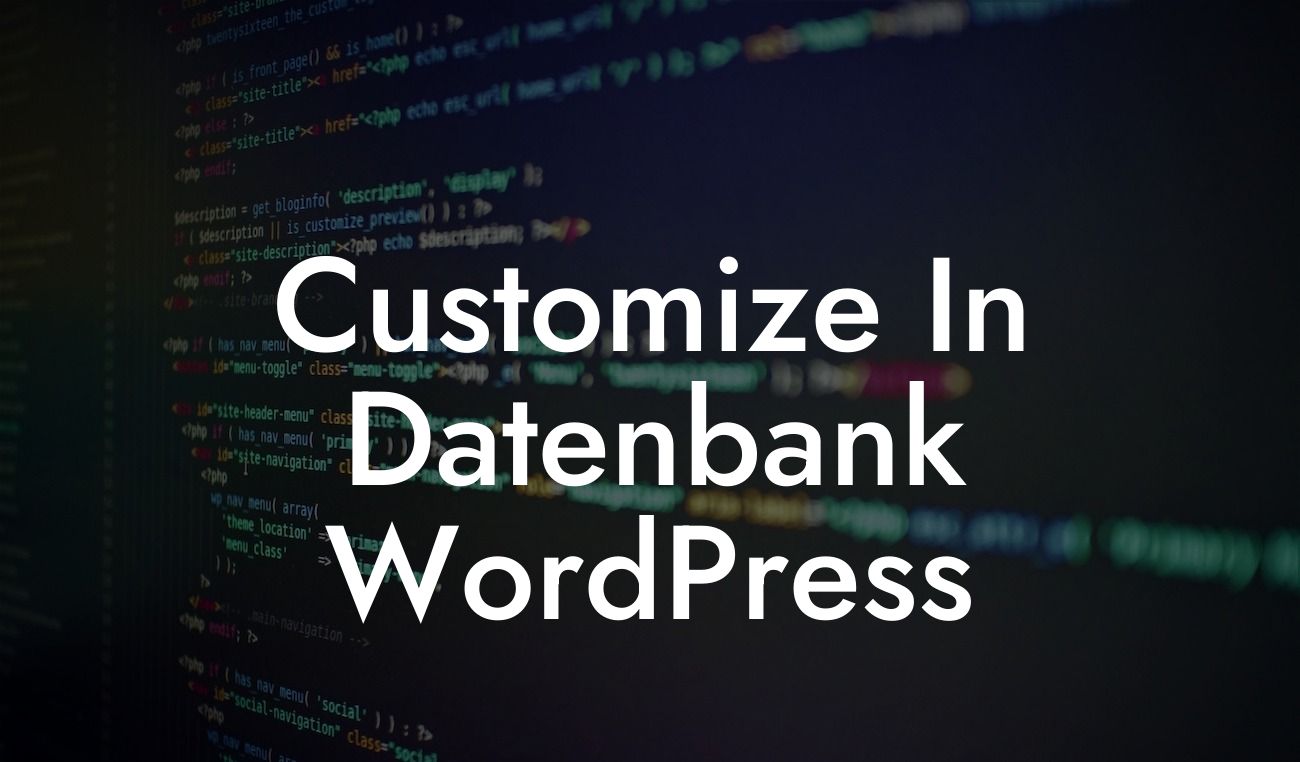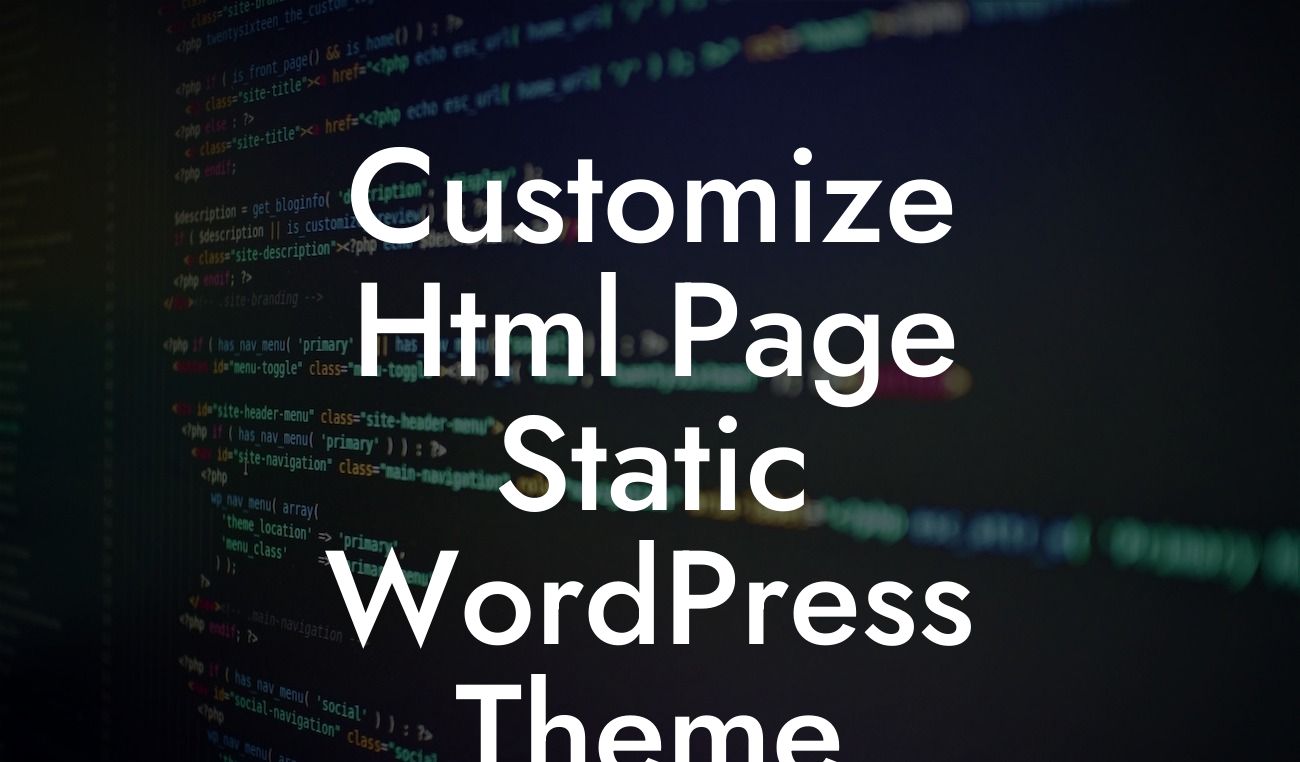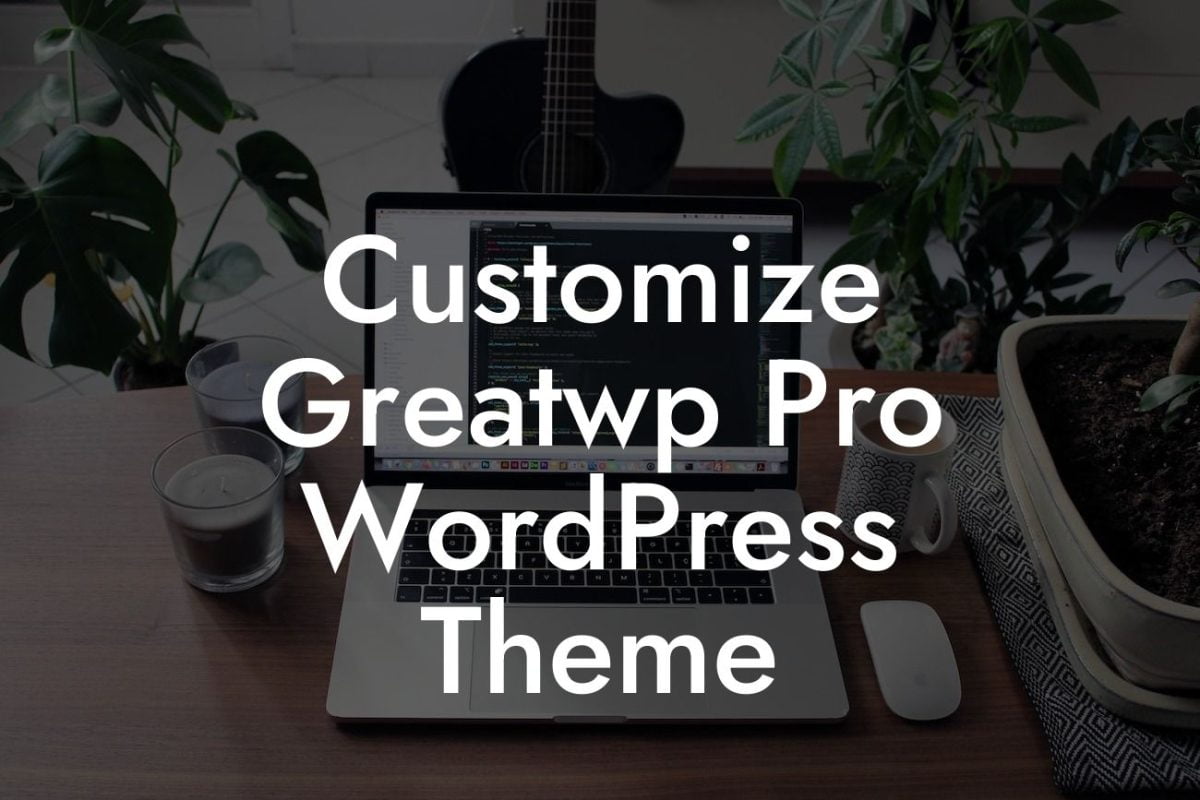Have you ever wanted to change the menu font on your WordPress website? A well-designed menu can greatly enhance your visitors' browsing experience and make your website stand out. In this guide, we will show you how to customize your menu font using CSS, allowing you to achieve a unique and professional look for your website. Say goodbye to boring default fonts and create a captivating menu that truly represents your brand. Get ready to elevate your website's design with DamnWoo's simple yet powerful WordPress plugins.
Changing the menu font in WordPress may seem like a challenging task, but with the right guidance, it can be easily accomplished. Follow the steps below to customize your menu font using CSS:
Step 1: Access your WordPress dashboard
Before we begin, log in to your WordPress dashboard by visiting "yoursite.com/wp-admin" and enter your login credentials. This will grant you access to your website's backend, where you can make the necessary changes.
Step 2: Open the theme editor
Looking For a Custom QuickBook Integration?
Once you're logged in, navigate to "Appearance" on the left-hand side menu and click on "Theme Editor." This will open the theme editor interface, where you can make changes to your website's design and appearance.
Step 3: Locate the stylesheet file
Once inside the theme editor, you'll typically find the stylesheet file named "style.css" or "custom.css." This file contains the CSS code that controls the design of your website's elements, including the menu font.
Step 4: Find the menu selector
Within the stylesheet file, find the selector that corresponds to your menu. This selector can vary depending on the theme you're using, but it is usually labeled as ".main-menu" or similar. If you're unsure, you can inspect the menu element on your website using your browser's developer tools to identify the correct selector.
Step 5: Customize the font
Once you've located the menu selector, you can proceed to customize the font. To change the font style, add the CSS property "font-family" followed by the desired font name or a generic font family such as "sans-serif" or "serif." For example, you can use "font-family: Arial, sans-serif;" to set the font to Arial or a suitable alternative.
To modify the font size, use the CSS property "font-size" followed by the desired size value, such as "font-size: 16px;". Adjust the font size accordingly based on your preferences and the overall design of your website.
Additionally, you can change the font color by utilizing the "color" CSS property. Specify a color value using a color name, hexadecimal code, or RGB value. For instance, "color: #ff0000;" will set the font color to red.
Don't forget to save your changes before moving on to see the updated menu font on your website.
Change Menu Font Wordpress Css Example:
Let's say you want to change the menu font to a modern sans-serif font like "Open Sans" with a font size of 18 pixels and a dark gray color. You would locate the menu selector in your stylesheet file and add the following CSS code:
.main-menu {
font-family: "Open Sans", sans-serif;
font-size: 18px;
color: #333333;
}
Save the changes, and refresh your website to see the new menu font in action. Marvel at how a simple font change can significantly transform the overall design and appeal of your website.
Congratulations! You've successfully customized your menu font in WordPress using CSS. By personalizing your website's menu, you've taken a significant step towards creating a unique and professional online presence. Remember, with DamnWoo's powerful WordPress plugins, you can go beyond just changing fonts. Explore our diverse range of plugins designed exclusively for small businesses and entrepreneurs to further elevate your success. Don't forget to share this article with others who can benefit from this knowledge. Discover more helpful guides, unleash your creativity, and take your website to new heights with DamnWoo.













